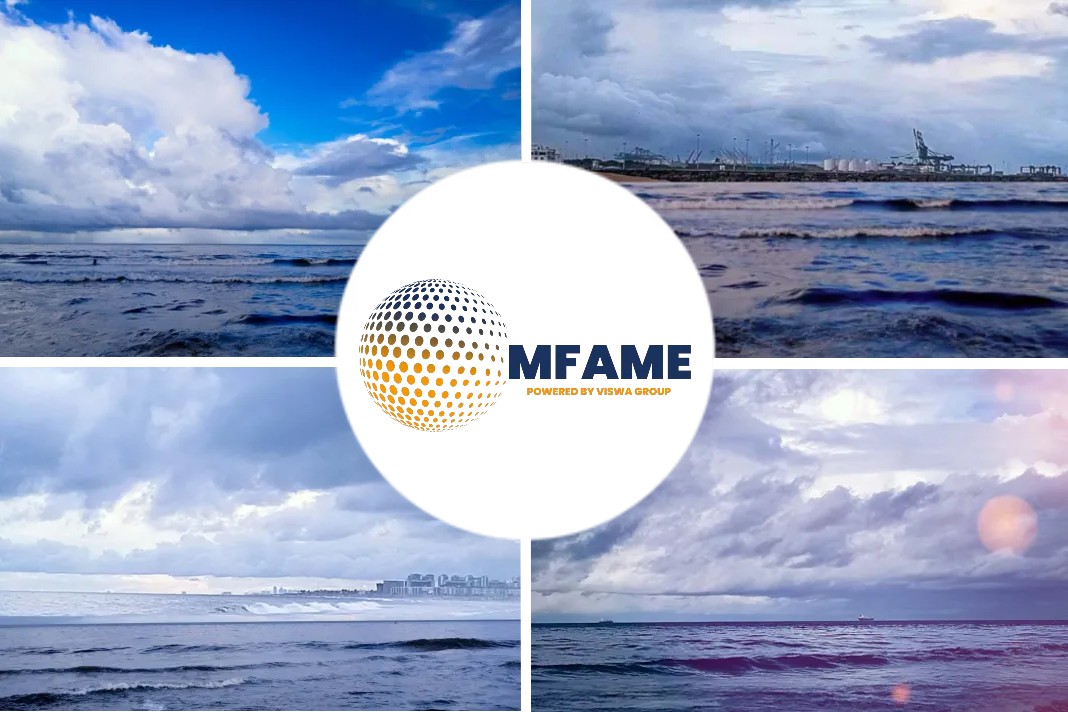Key highlights:
- Around 15 to 20 LNG tankers are sailing in the Asian waters
- Among them, most the LNG tankers are based in Singapore, followed by Malaysia and China
- LNG storage on tankers and Contango effect
Storage of LNG doubles
Since late October, the number of tankers storing liquefied natural gas (LNG) in Asian waters has more than doubled in number as traders have been caught off guard by warmer-than-expected temperatures that have capped demand and pulled down prices.
Spot market demand ahead of winter has been slowed by the forecasts for warmer temperatures this year, in North Asia, with onshore storage tanks filling up.
A Singapore-based LNG trader said, “People were expecting China to buy as much as last year in the spot market, but the weather so far has been quite mild and I don’t think they were anticipating that”.
LNG scenario
LNG prices LNG-AS last year climbed steadily from mid-July to January as China’s gasification push for winter heating sparked higher imports. But this year, buyers from the world’s top natural gas importer – via pipeline and tanker – have been spreading out their purchases more.
An industry source commented, “Now about 15 to 20 LNG tankers holding at least 2 million cubic meters of LNG worth more than $400 million at spot market prices are floating in Asian waters. That’s up from a half-dozen tankers being used for storage in Asia three weeks ago. Globally, the number of such LNG tankers stands at 20 to 30. This has helped to drive up LNG tanker rates to record highs”.
Traders seek better prices
In a weekly LNG report released by Braemar highlighted that most of the traders storing cargoes in the tankers are seeking better winter pricing, holding out against rising charter rates to achieve an acceptable profit on the molecules. This move is expected to create pain for those producers who are still forced to lift cargoes from terminals which are approaching tank tops.
LNG storage on tankers
Refinitiv Eikon data shows at least eight tankers storing LNG in Singapore waters while two were in Malaysian waters. More than five vessels that had been storing LNG are now on the move or have discharged the cargoes.
Storing LNG on tankers out at sea, unlike crude oil, is generally seen as a risky bet, given the high costs of storage and the fact that cargoes degrade over time by evaporating.
Contango effect
As with other commodities, the play is typically triggered by a market structure known as contango, in which prices for immediate delivery are cheaper than later months.
The contango, which was at about $1 per million British thermal units (mmBtu) last month, has since narrowed to about 50 cents or less, traders said.
The last time LNG was put into floating storage on a large scale was in 2014, though the number of tankers was lower.
Moreover, not all the cargoes are stranded without buyers. Some of the companies likely secured the tankers during the summer when shipping rates were far lower, and stored them in anticipation of a pick-up in prices, traders said.
Did you subscribe for our daily newsletter?
It’s Free! Click here to Subscribe!
Source: Reuters






















